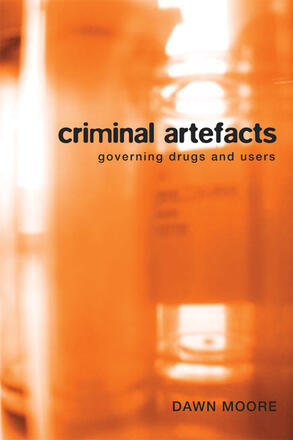
Description
Attitudes toward crime, criminals, and rehabilitation have shifted
considerably, yet the idea that there is a causal link between drug
addiction and crime prevails. As law reformers call for addiction
treatment as a remedy to the failing war on drugs, it is also time to
consider the serious implications of joining legal and therapeutic
practices in an assumedly benevolent bid to cure the offender. Case
studies from drug treatment courts and addiction treatment programs
illustrate the tensions between law and psychology, treatment and
punishment, and conflicting theories of addiction. By looking curiously
on the criminal addict as an artefact of criminal justice, this book
asks us to question why the criminalized drug user has become such a
focus of contemporary criminal justice practices.
Reviews
Criminal Artefacts is an important book for the simple fact that it offers unparalleled insight into current practices of governing the criminal addict in Canada. More than this, Criminal Artefacts is an elegant and concise study of the criminal justice system in action, from the postwar period to the present day; focusing on the criminal addict, the book offers a close look at the therapeutic/rehabilitative project and its evolution in the wake of neoliberalism. Moore bases this discussion on solid theoretical and empirical ground and, as a result, Criminal Artefacts will be an important source for critically minded sociologists, anthropologists, and criminologists interested in drug law and addiction, as well as theoretically minded counsellors, therapists, and legal professionals.
It provides readers with useful background information on the rise of therapeutic initiatives to treat drug and alcohol addiction within the Canadian criminal justice system. It also offers a unique analysis of the role that cultural perceptions of drugs and their users play in the formation of governing strategies. The book is most compelling, however, due to Moore’s critical analysis of new and relatively unexplored criminal justice interventions like DTCs.
- Fiona S. Martin, Dalhousie University